DIY Cards

Human influence
Event Card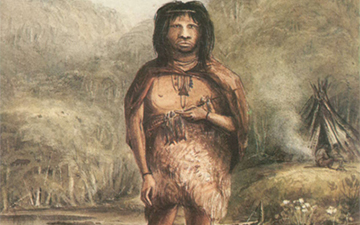
DARWIN DECK BETA
PLAY: on 1 SPECIES card, and then discard.
EFFECT: The played SPECIES card is discarded immediately.
Graphic by David Ng

Rough Seas
Event Card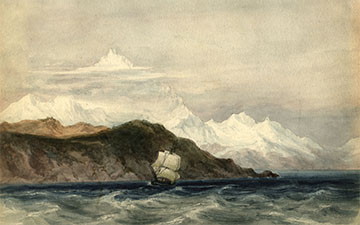
DARWIN DECK BETA
PLAY: can be played immediately for below effect and then discarded.
EFFECT: All other players miss their TURN.
Graphic by David Ng
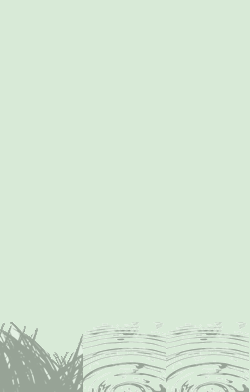
Glyptodon
Glyptodon


DARWIN DECK BETA | 4 POINTS
• Glyptodon has a MOVE of 2 and is EXTINCT
• Buenos Aires and Port Famine
Cool, Warm
Graphic by David Ng
Glyptodon (Greek for “grooved or carved tooth”) was a large, armored mammal of the family Glyptodontidae, a relative of armadillos that lived during the Pleistocene epoch. It was roughly the same size and weight as aVolkswagen Beetle, though flatter in shape. With its rounded, bony shell and squat limbs, it superficially resembled turtles, and the much earlier dinosaurian ankylosaur, as an example of the convergent evolution of […] read more

Clouded Yellow
Colias

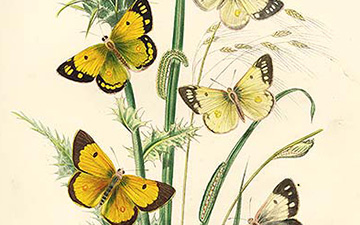
DARWIN DECK BETA | 3 POINTS
• Colias has a FLIGHT of 2 and feeds of a FLOWERING plantae SPECIES
• Buenos Aires to Port Famine
Cool, Warm
Graphic by David Ng
Colias is a genus of butterflies in the family Pieridae. They are usually called clouded yellows; the North Americanname “sulphurs” is elsewhere used for Coliadinae in general. The closest living relative is the genus Zerene,[4] which is sometimes included in Colias. This genus occurs throughout the Holarctic, including the arctic regions. They are also found in South America, Africa,China and India. Their caterpillars feed on certain Fabaceae, for example vetches (Vicia). While most are thus beneficial by keeping weeds at bay, some occasionally […] read more

Darwin gets seasick
Event Card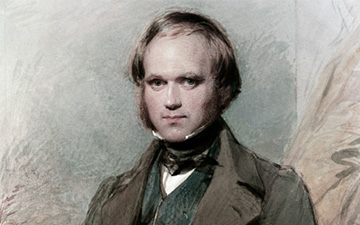
DARWIN DECK BETA
PLAY: can be played immediately for below effect and then discarded.
EFFECT: All other players miss their TURN
Graphic by David Ng

Aeronaut Spider
Parasteatoda tepidariorum


DARWIN DECK BETA | 6 POINTS
• Parasteatoda tepidariorum has a MOVE of 2
• Beunos Aires to Port Famine
Cool, Warm
Graphic by David Ng
Ballooning, sometimes called kiting, is a behaviour in which spiders and some other invertebrates use air-borne dispersal to move between locations.[1][2][3][improper synthesis?][4] A spider (usally limited to individuals of a small species), or spiderling after hatching,[5] will climb as high as it can, stand on raised legs with its abdomen pointed upwards (“tiptoeing”),[6] and then release several silk […] read more